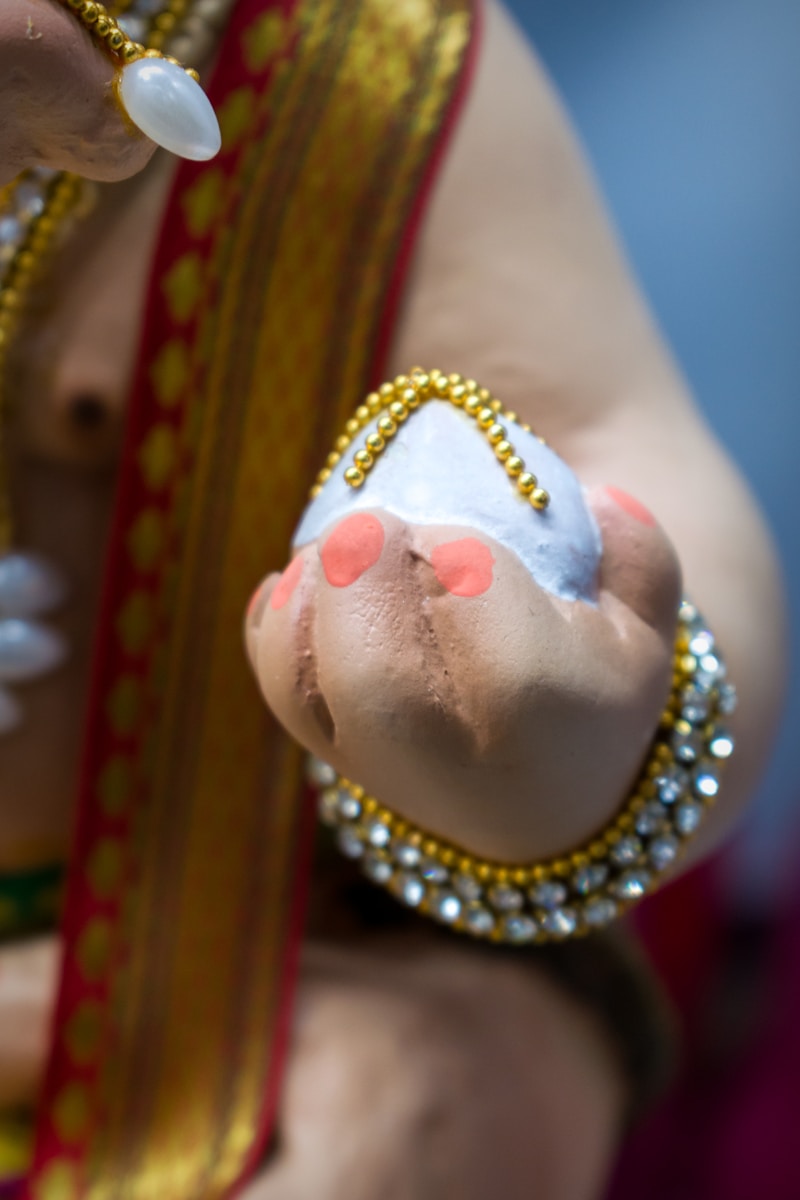Mastering the Art of Upselling and Cross-selling in Bridal Fashion
Mastering the Art of Upselling and Cross-selling in Bridal Fashion
Introduction
Bridal fashion is an exhilarating world filled with dreams, expectations, and desires. The process of purchasing a wedding dress or bridal accessories is not just a transaction; it's an emotional journey for brides-to-be. To enhance the shopping experience and increase revenue, retailers need to master upselling and cross-selling techniques. This article explores these strategies in depth, particularly within the context of bridal fashion, helping retailers boost sales while offering brides a delightful shopping experience.
What is Upselling and Cross-selling?
Before delving into how these strategies can be applied in bridal fashion, it’s important to clarify what upselling and cross-selling mean:
- Upselling involves encouraging customers to purchase a higher-end product than they originally intended. In the context of bridal fashion, this could mean suggesting a designer dress that offers additional features or premium materials.
- Cross-selling refers to the practice of suggesting complementary products to customers. For example, if a bride selects a wedding dress, a retailer might recommend matching accessories such as veils, jewelry, and shoes.
The Importance of These Techniques in Bridal Fashion
The bridal fashion industry is a highly competitive market, with numerous retailers vying for the attention of brides. Understanding the importance of upselling and cross-selling can lead to significant advantages:
- Increased Revenue: Implementing these strategies can substantially increase the average order value. When brides purchase a dress, they often look for complete looks, making upselling and cross-selling particularly effective.
- Enhanced Customer Experience: By providing personalized suggestions, retailers can create a more enjoyable experience for brides as they prepare for one of the biggest days of their lives.
- Brand Loyalty: When customers feel they are receiving tailored service, they are more likely to return to the same retailer for future purchases, including bridesmaid dresses or accessories.
Strategic Approaches to Upselling and Cross-selling
In bridal fashion, retailers can adopt several strategic approaches for effective upselling and cross-selling:
1. Understand Your Customer's Needs
Before attempting to upsell or cross-sell, it's essential to gather information about the bride’s style, budget, and vision for her wedding. This helps in:
- Choosing products that align with her preferences.
- Making relevant suggestions that feel personalized and thoughtful.
2. Build an Emotional Connection
Brides often have a deep emotional connection to their wedding dress. Retailers should engage in conversations that center around the bride’s story, helping them feel valued and understood. This connection can lead to:
- Higher success rates in upselling premium products.
- Increased chances of brides opting for additional items as they seek to complete their wedding vision.
3. Display Complementary Products Together
Creating visually appealing displays that showcase dresses alongside accessories can significantly increase the likelihood of cross-selling. Retailers should consider:
| Display Strategy | Examples |
| Dedicated Accessory Sections | Silk veils, matching shoes, jewelry sets |
| Styling Lookbooks | Visual guides showing complete bridal looks |
4. Offer Tiered Pricing Options
When showcasing dresses, having tiered pricing can facilitate upselling. Offering basic, mid-range, and premium options allows brides to see the value of upgrading their choice. Include details about:
- Fabric quality and design differences.
- Additional services such as custom fittings or embellishments.
5. Utilize Technology for Personalized Recommendations
Modern bridal boutiques can leverage technology to offer personalized recommendations to clients. Software systems can track customer purchases and preferences, leading to tailored suggestions. Key technologies include:
- Customer Relationship Management (CRM) software
- Virtual fitting rooms to visualize complete looks

Common Challenges and Solutions
While upselling and cross-selling can drive sales, there can be challenges that retailers face. Here are a few common hurdles and proposed solutions:
1. Customer Resistance
Some brides may feel overwhelmed or pressured when presented with additional options. To mitigate this:
- Focus on building trust and rapport before making suggestions.
- Highlight the benefits of items rather than merely pushing for a sale.
2. Misalignment of Products
If the recommended upsell or cross-sell items are not relevant to the bride’s initial selections, it may lead to frustration. To ensure alignment:
- Maintain clear communication regarding the bride’s preferences and budget.
- Provide space for feedback and adjust suggestions accordingly.
3. Lack of Training
Staff may not always be trained effectively in upselling and cross-selling techniques. To improve this:
- Invest in training programs that emphasize product knowledge and customer engagement.
- Conduct role-playing sessions to build confidence in suggesting additional items.
Conclusion: Implementing Effective Upselling and Cross-selling Strategies
In conclusion, mastering upselling and cross-selling in the bridal fashion industry is essential for retailers aiming to enhance their revenue while providing an exceptional shopping experience. By understanding customer needs, building emotional connections, and strategically presenting products, retailers can significantly benefit from these techniques. As couples prepare for their dream weddings, they will appreciate the personalized touches that make their experience memorable. Remember, successful upselling and cross-selling is all about making brides feel special, understood, and excited about their purchases. Embrace these strategies today, and watch your bridal fashion business flourish.
Consider incorporating upselling and cross-selling techniques to not only improve sales but also to heighten the joyful experience of brides as they embark on their wedding journey.
